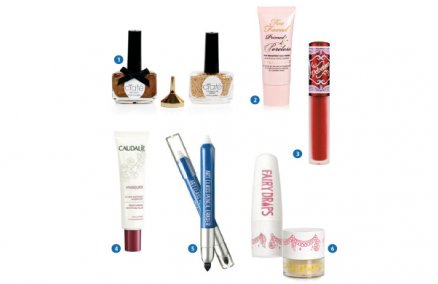Remorseful husbands call in standing orders for them at the corner florists. Recovering patients receive baskets of them at the hospital. In bridal bouquets, on birthdays and for Mother’s Day, people almost always choose to say what they feel with flowers. Where does all the floral bounty come from? In Thailand, a good bet would be the outermost fringes of the biggest wet market in Bangkok—Pak Klong Talaat, perched on the edge of the Chao Phraya River.
This bustling flower market along Chakraphet Road truly comes alive after most people go to sleep—the wee hours of 2am-4am, when boats and trucks from nearby provinces come laden with fruits, vegetables and flowers to hawk their wares to vendors who will re-sell them in the morning. Forming the northeastern edge of Chinatown, a trip to Chakraphet Road not only allows visitors to cut out the middleman by getting their flowers from the source, but also lends a good excuse for a hearty Chinese meal and a glimpse into Thailand How It Used To Be: full of smiling people eager to make you feel at home. Just make sure to come before 10am, when this market finally tucks itself into bed.
While most of the flower shops look similar and all charge similar prices,
a few do stand out. Chon Panyaditikun has run Nana Florist (98/1-2 Baan Mor Rd., 02-221-9210) for 14 years and says hers is the oldest remaining shop on the street. Her carnations, lilies and chrysanthemums hail from places as diverse as Kunming and Malaysia. Although the year has been a hard one due to an uncertain economy, she expects a big boon on August 12—Mother’s Day, when white lilies (B300 for three) and white daisies (B20 for one bunch) will be snapped up by hundreds of Thais. “It’s clean to the eye,” said Chon, explaining the Thai emphasis on the color white for Mother’s Day. “Anything white works.”
Roses and lilies may be well and good, but traditionalists will always favor the fragrant jasmine flower, tucked into bouquets lined with banana leaf. “Jasmine is a symbol of Mother’s Day and has been for a long time,” said Goong of Napasorn, the chicest flower store on the block (67 Chakraphet Rd., 02-222-6895, 02-221-2039). “When people buy for those who are older, they expect simple arrangements that denote respect. Valentine’s Day is when people really go all out.”
One problem: The price of jasmine bouquets, which usually hovers around B20, soars fivefold to B100 in the days running up to Mother’s Day. “You can get good profits on Mother’s Day,” cackles Thuk, a sidewalk flower vendor for the past 10 years. “It doesn’t matter if the economy is no good. People still have to buy flowers for their mothers.”
As a result, Napasorn’s Goong advises a small basket of jasmine buds, which will be cheaper and may last longer than a traditional bouquet. “It’s like potpourri and is easy to do,” he says.
Advertisement















